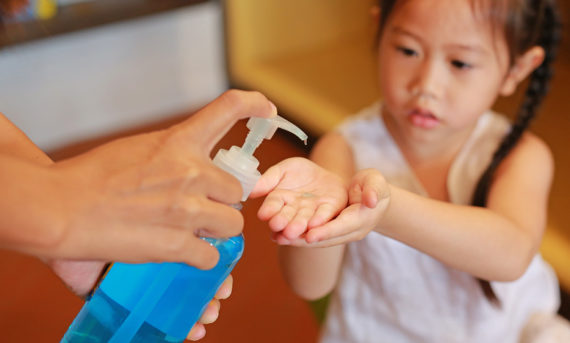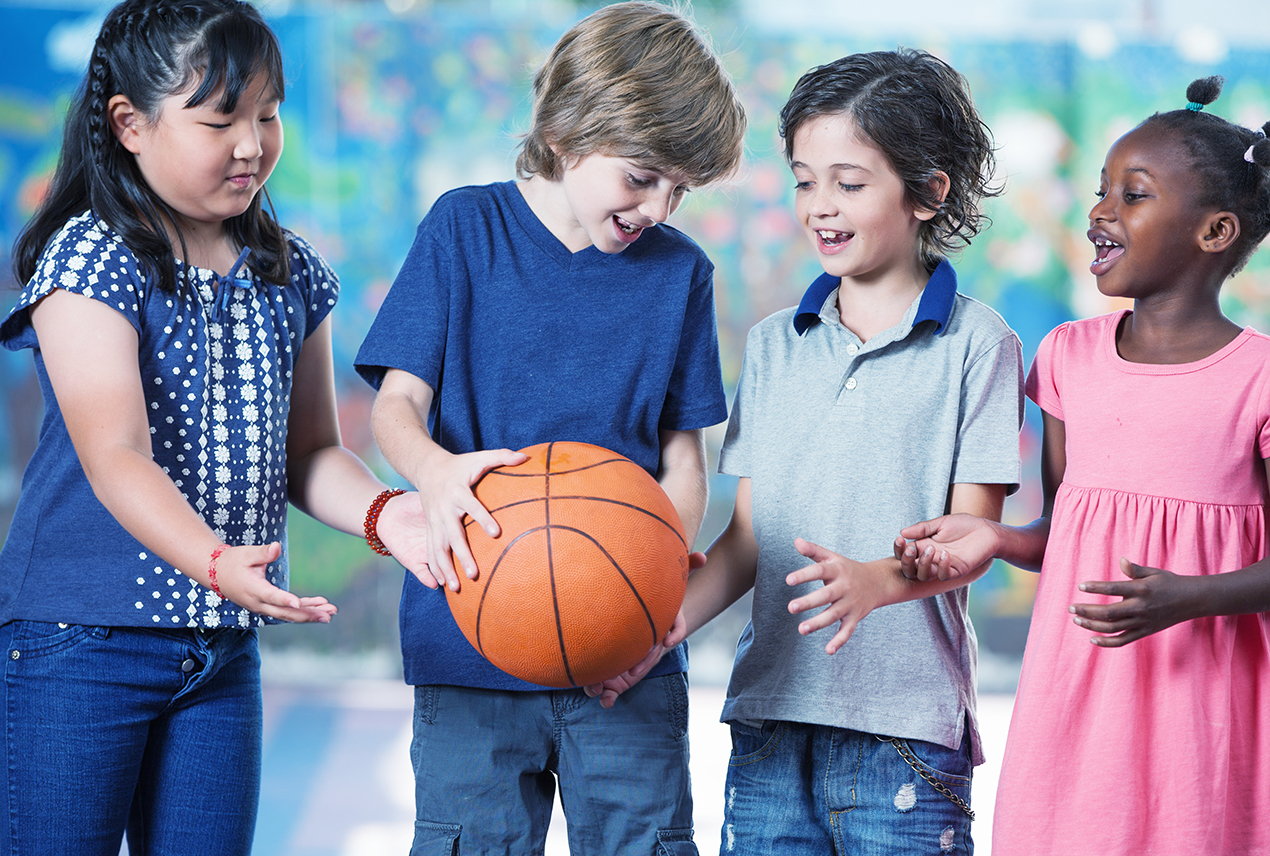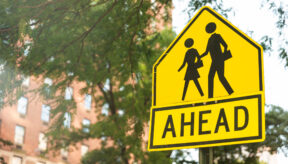Parents across Canada have been anxiously awaiting news on whether their children will be returning to school in September. Experts from Toronto’s SickKids Hospital have provided recommendations on how schools can reopen safely, even though the novel coronavirus likely won’t be eradicated by fall.
The document COVID-19: Recommendations for School Reopening outlines how schools can reopen in a way that maximizes the safety and well-being of students, staff and their families.
“We have to accept that COVID-19 will stay with us for a long time. We must move on with certain activities in our lives, such as schooling, while keeping in mind that there are a lot of ways to mitigate risk,” says Dr. Ronald Cohn, President and CEO of SickKids and one of the authors of the document.
Children aren’t “super-spreaders”
The experts say children are not the super-spreaders of COVID-19 they initially thought they would be.
Dr. Jeremy Friedman, associate pediatrician-in-chief at SickKids, says 5,000 symptomatic children were tested with the COVID nasal swab at the hospital since March and only 30 were found positive.
The hospital also tested 1,500 asymptomatic children with a nasal swab and found zero positive cases. There have been no pediatric deaths reported in Canada to date.
Cohn says not opening schools in September would continue to have a negative effect on youth.
“The impact on the mental, behavioural and developmental health of children not going to school, not being exposed to in-person teaching and not being with their friends and peers is something that myself and many of my colleagues in pediatrics are literally losing sleep over,” Cohn said.

Some highlights of the recommendations are as follows:
Screening
- Parents should be responsible for screening children each morning instead of school staff to avoid lineups and staggered start times for classes.
- A checklist should be provided for them to do daily screening before arriving at school to clear for entry.
Hand Hygiene
- A regular schedule for routine hand hygiene, above and beyond what is usually recommended (before eating food, after using the washroom etc.) is advised.
- Children should be taught how to clean their hands properly (with age appropriate material) and to try and avoid touching their face, eyes, nose and mouth as much as possible.
- Access to hand hygiene facilities (hand sanitizer dispensers and sinks/soap) is critical. Ideally, hand sanitizer should be available at the entry point for each classroom.
Face Masks
- Non-medical and medical face masks are not required or recommended for children returning to school.
- The extent of this benefit is unknown (especially in children) and would only be potentially beneficial if done properly. In fact, if worn incorrectly, it could lead to increased risk of infection. It is not practical for a child to wear a mask properly for the duration of a school day.
Physical Distancing
- Strict physical distancing should not be emphasized to children in the school setting as it is not practical and could cause significant psychological harm. Close interaction, such as playing and socializing is central to child development and should not be discouraged.
- In the classroom, efforts should be made to arrange the classroom furniture to leave as much space as possible between students.
- Smaller class sizes, if feasible, will aid in physical distancing. However, the daily school schedule routine should not be disrupted to accommodate smaller classes for physical distancing.
- If weather permits, consideration could be given to having classes outside.
- During outdoor activities, such as recess, physical distancing should not be required.
Environmental Cleaning
- A regular cleaning schedule should be used with emphasis on high touch surfaces.
- Efforts should be made to reduce the need to touch objects/ doors (no-touch waste containers, prop doors open).
- Reinforce “no sharing” of food, water bottles or cutlery policies.
- All toys and equipment used should be made of materials that can be cleaned and disinfected.
Ventilation
- Attention should be paid to improving classroom ventilation (e.g. optimizing ventilation system maintenance and increasing the proportion of outside air brought in through these systems).
- The use of outdoors should be encouraged (e.g. keeping windows open, weather permitting).
Protection of Staff
- Physical distancing of school staff from children and other staff should be emphasized.
- Masks should not be required for school staff if physical distancing is possible and is practiced appropriately. Facial expression is an important part of communication. Children should not be deprived of it.
- Some teachers and other school staff may choose to regularly wear masks. This is a personal choice and should not be discouraged.
The document summarizes, “In our view, a daily school model is best as it allows for consistency, stability and equity regardless of the region in which children live.”
Mixed feelings
Teachers, health experts and parents have shared mixed feelings about the SickKids recommendations. In a recent CityTV news story on the topic, one parent calls the document “too vague,” with too much of an emphasis on elementary schools and not enough detail on secondary schools.
Toronto District School Board trustee Norm Di Pasquale says the document focuses on how to protect the mental health and wellbeing of children, but fails to address how to properly protect educators.
A breakdown of how each Canadian province plans to re-open schools amid the COVID-19 pandemic can be seen here.
*Opinions expressed are those of the author, and not necessarily those of Parent Life Network or their partners.




 Sponsored
Sponsored



